Overview
The single-family home construction industry involves the design, building, and sale of residential properties intended for single families to live in. This industry is composed of various stakeholders such as home builders, architects, contractors, and real estate agents, who work together to bring new homes to the market. Single-family homes can range in size, style, and price, and are typically built on individual lots or as part of a planned development. The industry is influenced by factors such as economic conditions, demographics, and government regulations, and plays a significant role in the broader housing market and overall economy.
GAO’s RFID, BLE, IoT, and drone technologies have helped its customers in the single-family home construction Industry to improve their work processes, their operations and productivity by better management of their staff, materials and operational equipment such as excavators, bulldozers, backhoes, skid steer loaders, cranes, concrete mixers, scaffolding, welders, and generators.
Ranked as a top 10 global RFID supplier and based in New York City and Toronto, GAO RFID Inc offers a wide choice of RFID (radio frequency identification) readers and tags at ultra high frequency (UHF), high frequency (HF, including NFC) and low frequency (LF), BLE (Low Energy Bluetooth) gateways and beacons, and various RFID and BLE systems such as people tracking, asset tracking, access control, parking control, fleet management, WIP (work in progress), traceability. Such RFID and BLE products and systems, together its IoT and drone technologies, have been widely used in the single-family home construction industry.
Applications & Benefits of GAO’s RFID, BLE, IoT & Drones for the Single-Family Home Construction
To satisfy its customers, GAO’s RFID or RFID Systems for single-family home construction are offered in 2 versions. One version is that its software is running on a local server, and another version is that its software runs in the cloud.
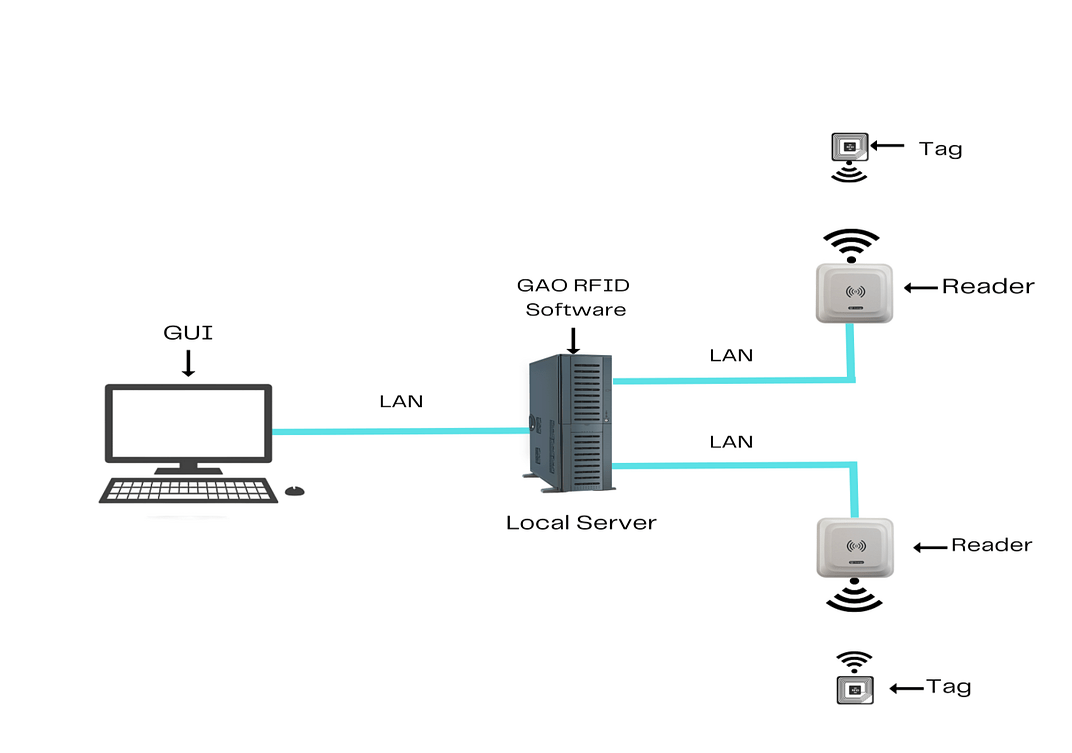 To satisfy its customers, GAO’s RFID or RFID Systems for the single-family home construction are offered in 2 versions. One version is that its software is running on a local server, and another version is that its software runs in the cloud. The above illustrates GAO system for the single-family home construction with its software running on a local server.
To satisfy its customers, GAO’s RFID or RFID Systems for the single-family home construction are offered in 2 versions. One version is that its software is running on a local server, and another version is that its software runs in the cloud. The above illustrates GAO system for the single-family home construction with its software running on a local server.
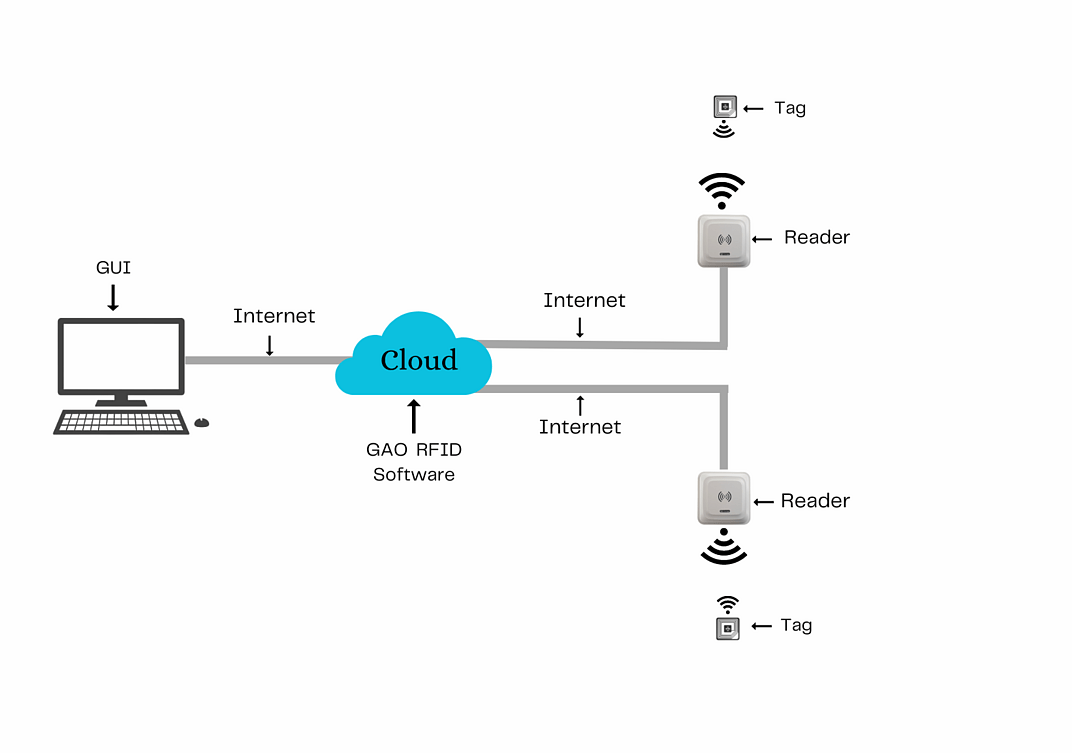 The above illustrates GAO system for the single-family home construction industry with its software running in cloud.
The above illustrates GAO system for the single-family home construction industry with its software running in cloud.
GAO’s RFID technologies bring the many benefits to the single-family home construction industry:
- Improved inventory management: GAO’s RFID tags can be used to track construction materials and equipment, allowing for real-time inventory management and reducing the risk of lost or misplaced items.
- Reduced costs: By reducing the risk of lost or misplaced items, our RFID technology can help builders save money on replacement costs.
- Increased productivity: By reducing the time workers spend searching for tools and materials, GAO RFID technology can increase productivity and enable projects to be completed more quickly.
GAO’s BLE technologies offer longer reading range and particularly attractive for applications with larger work spaces within the single-family home construction industry:
- Real-time tracking and monitoring: GAO’s BLE technology can be used to connect tools and equipment to a central system, allowing for real-time tracking and monitoring of usage. This can help to improve inventory management and reduce the time spent searching for lost items.
- Improved safety: GAO’s BLE sensors can be used to monitor worker safety, such as detecting falls or other accidents. This can help to reduce the risk of injuries on the job site.
- Enhanced communication: GAO’s BLE technology can be used to store information about the location and status of tools and equipment, allowing for improved communication between workers and project managers. This can help to ensure that everyone is on the same page and working towards the same goals.
GAO’s RFID and drone technologies are often combined and such solutions offer the following benefits to the single-family home construction industry:
- Improved site monitoring: Drones can be used to capture high-resolution images and videos of the construction site, while our RFID technology can provide real-time data on worker movements and equipment usage, enabling project managers to monitor work and adjust schedules as needed.
- Enhanced safety: Drones can be used to identify potential safety hazards on construction sites, while RFID tags can be attached to workers’ hard hats or tools, enabling supervisors to track worker movements and identify any safety risks.
- Enhanced quality control: Drones can capture high-resolution images and videos of the construction site, while RFID tags can be used to track the movement of materials and equipment, enabling builders to monitor quality control and identify any defects or issues.
Here are benefits of GAO’s IoT technologies to the single-family home construction industry:
- Improved project management: GAO’s IoT devices can be used to track and monitor the progress of construction projects, allowing project managers to identify issues and make adjustments in real-time. This can help to ensure that projects are completed on time and within budget.
- Improved efficiency: By using our IoT devices to automate certain tasks, such as temperature and humidity monitoring or lighting control, construction companies can improve efficiency and reduce costs.
- Enhanced communication: GAO’s IoT devices can be used to collect and share data across the project team, allowing for improved communication and collaboration. This can help to ensure that everyone is on the same page and working towards the same goals.
GAO Helps Customers Comply with Standards, Mandates & Regulations of the Single-Family Home Construction
GAO RFID Inc. has helped many companies in the single-family home construction to deploy RFID, BLE, IoT and drone systems and to ensure such deployments complying with the applicable industry standards, mandates and government regulations:
RFID, BLE, IoT, & Drone Standards & Mandates
- ISO 18000-6C: This is a global standard that specifies the air interface protocol for RFID systems operating in the 860 MHz to 960 MHz frequency range. It is commonly used in the construction industry for asset tracking and inventory management.
- ASTM D7434: This standard provides guidelines for using RFID technology in the construction industry for tracking materials and equipment.
- ISO 14443: This standard specifies the air interface protocol for RFID systems operating in the 13.56 MHz frequency range, specifically for proximity cards and devices. It can be used for access control and security applications in the construction industry.
- MQTT: This is a lightweight messaging protocol designed for use in IoT applications, with a focus on low-bandwidth, high-latency networks. It is commonly used in the construction industry for remote monitoring and control of building systems.
- ASTM F38: This is a standard specification for unmanned aircraft systems used in civil engineering and infrastructure construction. It includes guidelines for design, construction, and operation of drones used in construction applications.
- ISO 21384-3: This is a standard for drone safety management, including requirements for safety procedures, risk assessment, and operational safety of drones in various applications, including construction.
- IEC 63052: This is a standard for the performance and safety of small unmanned aircraft, including requirements for construction, testing, and documentation of drones used in various applications, including construction.
US. Government Regulations
- Occupational Safety and Health Administration (OSHA): OSHA sets and enforces safety standards for the construction industry, including requirements related to fall protection, electrical safety, and hazardous materials handling.
- Environmental Protection Agency (EPA): The EPA sets standards for the disposal of hazardous materials and regulates the use of lead-based paint in homes built before 1978.
- Department of Labor (DOL): The DOL sets wage and hour standards for construction workers and enforces labor laws related to workplace safety and discrimination.
- National Institute of Standards and Technology (NIST): NIST provides guidance on the use of technology and materials in construction projects to improve safety and efficiency.
- International Building Code (IBC): The IBC is a model building code that sets minimum standards for building design and construction.
Canadian Government Regulations
- National Building Code of Canada (NBC): The NBC sets minimum standards for building design and construction, including fire and life safety, accessibility, and energy efficiency.
- Canadian Standards Association (CSA): The CSA develops and maintains standards for materials and equipment used in construction projects, including building materials, plumbing fixtures, and electrical systems.
- Employment and Social Development Canada (ESDC): The ESDC sets wage and hour standards for construction workers and enforces labor laws related to workplace safety and discrimination.
- Canadian Environmental Protection Act (CEPA): The CEPA sets standards for the disposal of hazardous materials and regulates the use of lead-based paint in homes built before 1990.
- Canadian Human Rights Act (CHRA): The CHRA prohibits discrimination in the sale, rental, and financing of housing based on race, national or ethnic origin, color, religion, age, sex, sexual orientation, marital status, family status, disability, or conviction for an offense for which a pardon has been granted.
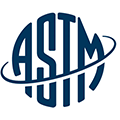 ASTM D7434
ASTM D7434
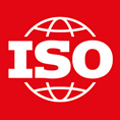 International Organization for Standardization
International Organization for Standardization
 Environmental Protection Agency
Environmental Protection Agency
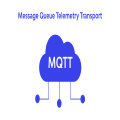 MQTT (Message Queuing Telemetry Transport)
MQTT (Message Queuing Telemetry Transport)
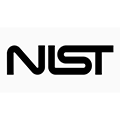 National Institute of Standards and Technology
National Institute of Standards and Technology
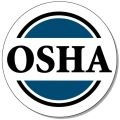 Occupational Safety and Health Administration
Occupational Safety and Health Administration
 Department of Housing and Urban Development
Department of Housing and Urban Development
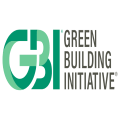 The Green Building Initiative
The Green Building Initiative
 Canadian Standards Association (CSA)
Canadian Standards Association (CSA)
 Clean Water Act
Clean Water Act
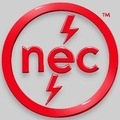 National Electrical Code
National Electrical Code
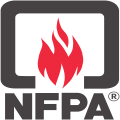 National Fire Protection Association
National Fire Protection Association
GAO’s Software Provides API
GAO’s RFID and BLE software offers a free trial for both the server-based and cloud versions, and offers an API to the important systems in the single-family home construction such as
Personnel Management:
- Employee scheduling and time tracking software to manage on-site workers and contractors.
- Human resource management software to manage employee benefits, payroll, and other HR-related tasks.
- Training and development software to ensure the workforce is properly trained and up-to-date on industry best practices.
Equipment Management:
- Equipment tracking software to manage and monitor the usage, maintenance, and location of tools and equipment.
- Preventive maintenance software to schedule and track equipment maintenance and repair.
- Inventory management software to ensure adequate levels of tools and equipment are available on-site.
Access Control:
- Security cameras and access control systems to monitor who is entering and exiting the construction site.
- ID badges and keycards to ensure only authorized personnel are allowed on-site.
- Visitor management software to track and manage visitors to the site.
Warehouse Management:
- Inventory management software to track materials and supplies.
- Barcode scanning systems to quickly identify and locate materials.
- Warehouse management software to optimize storage space and minimize waste.
Supply Chain Management:
- Procurement software to streamline the purchasing process and ensure timely delivery of materials.
- Logistics management software to manage the movement of materials and supplies to the construction site.
- Supplier relationship management software to maintain strong relationships with suppliers and ensure a steady supply of materials.
Other Applications:
- Project management software to keep track of project timelines, budgets, and resources.
- Quality control software to ensure the construction meets industry standards and customer expectations.
- Safety management software to identify and mitigate potential hazards on the construction site.
GAO has integrated its RFID, BLE, IoT and drone systems with some of leading software and cloud services in the single-family home construction industry. Below are some of popular software and cloud services in the single-family home construction industry.
- Procore: Procore is a cloud-based construction management platform that includes modules for project management, financial management, document management, and resource management. The resource management module includes features for managing personnel and equipment.
- BlueFolder: BlueFolder is a cloud-based field service management software that includes features for inventory management, work order management, and scheduling. It can be used for warehouse management and supply chain management in the Single-Family Home Construction industry.
- Oracle HCM Cloud: Oracle HCM Cloud is a cloud-based human capital management software that includes features for managing personnel, payroll, and time tracking. It also has a module for asset management, which can be used for equipment management.
- Accuware: A cloud-based access control software that provides real-time tracking and monitoring of personnel and equipment. It includes features for managing access rights, tracking assets, and generating reports.
- CoConstruct – A web-based project management software designed specifically for custom home builders and remodelers. It includes features for project management, financial management, and communication. It offers tools for personnel management, equipment tracking, and scheduling.
- Viewpoint – A construction management software that includes features for project management, financial management, and field management. It offers tools for personnel management, equipment tracking, and scheduling.
- Jonas Premier – A cloud-based construction management software that includes features for project management, financial management, and document management. It offers tools for personnel management, equipment tracking, and scheduling
- Zenefits: Zenefits is a cloud-based human resource management software that includes features for managing personnel, time tracking, and payroll. It also has a module for asset management, which can be used for equipment management.
- SAP Ariba: SAP Ariba is a cloud-based procurement and supply chain management software that includes features for supplier management, procurement, and inventory management. It can be used to manage the supply chain in the Single-Family Home Construction industry.
- Amazon Web Services (AWS): AWS is a cloud computing platform that provides a wide range of services, including data storage, computing power, and networking. AWS can be used for data backup and disaster recovery, as well as for hosting web applications and managing IoT devices.
- Microsoft Azure: Azure is a cloud computing platform that provides a wide range of services, including data storage, computing power, and networking. Azure can be used for data backup and disaster recovery, as well as for hosting web applications and managing IoT devices.
- Google Cloud Platform (GCP): GCP is a cloud computing platform that provides a wide range of services, including data storage, computing power, and networking. GCP can be used for data backup and disaster recovery, as well as for hosting web applications and managing IoT devices.
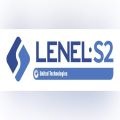 LenelS2
LenelS2
 ADP Workforce Now
ADP Workforce Now
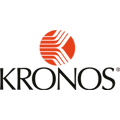 Kronos Workforce Ready
Kronos Workforce Ready
 CoConstruct
CoConstruct
 Microsoft Azure
Microsoft Azure
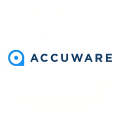 Accuware
Accuware
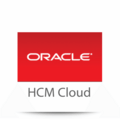 Oracle HCM Cloud
Oracle HCM Cloud
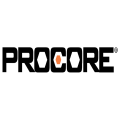 Procore
Procore
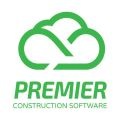 Jonas Premier
Jonas Premier
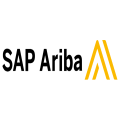 SAP Ariba
SAP Ariba
 Zenefits
Zenefits
GAO has worked with some of the leading technology companies in the Single-Family Home Construction in to provide integrated its RFID, BLE, IoT and drone solutions to customers. Here are some of the technology leaders in the single-family home construction industry:
- Autodesk: Autodesk is a leading provider of software solutions for the construction industry. Their products include AutoCAD, Revit, and BIM 360, which can be used for 3D modeling, building information modeling (BIM), and project management.
- Trimble: Trimble is a leading provider of software solutions for the construction industry. Their products include Prolog, Tekla Structures, and SketchUp, which can be used for project management, building design, and 3D modeling.
- Bluebeam: Bluebeam is a leading provider of PDF-based collaboration and document management solutions for the construction industry. Their products include Revu, which can be used for PDF creation, editing, and markup.
- PlanGrid: PlanGrid is a leading provider of construction productivity software. Their products include PlanGrid BIM, which can be used for construction workflows and project management.
- Honeywell: Honeywell is a global technology company that provides a wide range of solutions for the construction industry, including smart thermostats, security systems, and home automation products.
- Siemens: Siemens is a global technology company that provides a wide range of solutions for the construction industry, including building automation, energy management, and fire safety systems.
- Leviton: Leviton is a leading provider of electrical wiring devices, lighting controls, and network solutions for the construction industry. Their products include smart lighting, dimmers, and sensors.
- Lutron: Lutron is a leading provider of lighting and shading solutions for the construction industry. Their products include smart lighting, motorized shades, and home automation systems.
- Control4: Control4 is a leading provider of smart home automation systems for the construction industry. Their products include smart lighting, home theater systems, security systems, and home automation controllers.
- Savant: Savant is a provider of home automation systems for the construction industry. Their products include smart lighting, motorized shades, and home automation controllers.
- Crestron: Crestron is a provider of home automation and control systems for the construction industry. Their products include smart lighting, motorized shades, and home automation controllers.
- Alarm.com: Alarm.com is a provider of smart home security systems for the construction industry. Their products include smart cameras, door locks, and security systems.
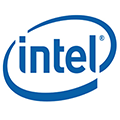 Corporation
Corporation
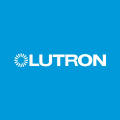 Lutron Electronic, Inc.
Lutron Electronic, Inc.
 Penta Technologies
Penta Technologies
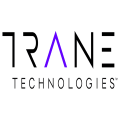 Trane Technologies
Trane Technologies
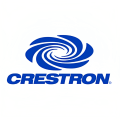 Crestron Electronic, Inc.
Crestron Electronic, Inc.
 Bosch LLC
Bosch LLC
 CoConstruct, LLC
CoConstruct, LLC
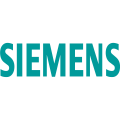 Siemens USA
Siemens USA
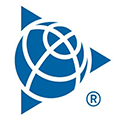 Trimble Inc.
Trimble Inc.
 Carrier Global Corporation
Carrier Global Corporation
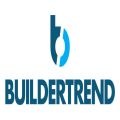 Buildertrend, Inc
Buildertrend, Inc
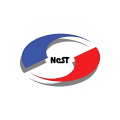 Nest Technologies
Nest Technologies
Case Studies of RFID Applications
Below are some RFID application cases in the single-family home construction industry.
RFID application in the single-family home construction industry is the use of RFID tags to track and manage construction materials and tools on job sites. RFID tags can be attached to individual items or to containers holding multiple items, such as pallets or toolboxes. The RFID tags can be read by handheld or mounted RFID readers, which allow for quick and accurate inventory management. This can help to prevent loss or theft of materials and tools, reduce the time and labor required for inventory checks, and improve overall project efficiency.
RFID application in the single-family home Construction industry is the use of RFID tags to track and manage worker safety on construction sites. RFID tags can be attached to safety equipment such as hard hats, safety glasses, and safety vests. These tags can then be read by RFID readers installed at key locations throughout the construction site, such as entry and exit points or at specific work zones. By tracking the movement of workers and safety equipment through the use of RFID technology, construction managers can identify potential safety hazards, monitor compliance with safety protocols, and quickly respond to emergencies or accidents. This can help to reduce the risk of injuries and accidents on the job site, and improve overall safety outcomes for workers.
UHF RFID application in the single-family home construction industry is the use of UHF RFID tags to track and manage large construction equipment, such as excavators, bulldozers, and cranes. UHF RFID tags can be attached to these large equipment items and can be read by RFID readers located at key points in the construction site, such as at entry and exit points, at storage areas, and at work zones. By using UHF RFID technology, construction managers can monitor the location and usage of these expensive and critical pieces of equipment, and optimize their deployment and utilization throughout the construction process.
GAO RFID Systems & Hardware for the Single-Family Home Construction
GAO RFID Inc. offers the largest selection of BLE gateways, BLE beacons, RFID readers, tags, antenna, printers, and integrated RFID systems for various industries, including the single-family home construction.
BLE (Bluetooth Low Energy)
GAO offers advanced BLE gateways:
as well as versatile beacons with such important functions as temperature, humility, vibration and panic button:
GAO’s BLE technology is suitable for many industries, including the single-family home construction.
UHF (Ultra High Frequency) RFID
GAO offers the largest selection of UHF RFID readers for various industries, including the single-family home construction:
GAO RFID offers the widest choice of UHF RFID tags, labels, badges, wristbands for various industries, including the single-family home construction:
and an array of antennas to address different applications:
HF (High Frequency), NFC (Near Field Communications) and LF (Low Frequency) RFID
GAO offers the largest selection of HF, NFC, and LF RFID readers for various industries, including the single-family home construction:
- High Frequency 13.56 MHz Passive RFID Readers
- Low Frequency 134 kHz Passive RFID Readers
- Low Frequency 125 kHz Passive RFID Readers
HF, NFC and LF RFID tags, labels, badges, wristbands for various industries, including the single-family home construction:
and antennas:
GAO also offers RFID printers:
Digital I/O adapters:
and relay controllers:
For embedded applications, GAO offers UHF, HF and LF RFID reader modules:
- UHF 860 – 960 MHz RFID Modules
- 13.56 MHz High Frequency RFID Modules
- 125 kHz Low Frequency RFID Modules
The RFID systems by GAO are highly popular for clients in the single-family home construction:
Physical asset or operational equipment tracking system:
Assets that can be effectively tracked using GAO’s technologies include
- Excavators: Used for digging and moving earth and heavy materials during site preparation, foundation digging, and landscaping.
- Backhoes: Versatile machines with a digging bucket on one end and a front-loading bucket on the other. They are used for excavation, trenching, and material handling.
- Bulldozers: Heavy-duty machines equipped with a large metal blade in the front for pushing soil, debris, and other materials. They are used for clearing land, grading, and site preparation.
- Skid Steer Loaders: Compact, maneuverable machines with a bucket attachment used for lifting and moving materials, grading, and site cleanup.
- Cranes: Tower cranes or mobile cranes are used for lifting and moving heavy materials, such as steel beams, trusses, and concrete panels, during the construction process.
- Concrete Mixers: Machines that mix cement, aggregate, water, and other additives to produce concrete. They are available in various sizes, including portable units for smaller projects.
- Concrete Pumps: Used to transport liquid concrete from the mixer to the desired location on the construction site, especially in cases where access is limited or distance is significant.
- Scaffolding: Temporary structures erected around the building to provide a safe working platform for workers to access higher levels during construction and finishing work.
- Air Compressors: Provide a high-pressure air supply for operating pneumatic tools such as nail guns, drills, and paint sprayers.
- Power Tools: Include a wide range of equipment such as circular saws, power drills, nail guns, routers, and sanders, used for cutting, drilling, fastening, and shaping various construction materials.
- Surveying Equipment: Includes total stations, laser levels, and GPS devices used to accurately measure and map the construction site, determine elevations, and establish reference points.
People or workers tracking system:
Personnel or people access control system:
Parking or vehicle control system:
GAO Has Served the Single-Family Home Construction Extensively
GAO’s products and technologies have helped its customers in the single-family home construction industry to achieve success in sustainability, smart homes, srefabrication and modular construction, virtual and augmented reality, drones and aerial photography, building information modeling,
GAO RFID Inc. has deployed RFID, BLE and IoT projects for many companies in the single-family home construction, including many in its various divisions such as
- Home Builders: Companies that specialize in constructing new single-family homes from scratch. These companies may work with buyers to design and build custom homes, or may build spec homes to sell to the general market.
- Land Development: Companies that specialize in acquiring land and preparing it for residential development. This may involve obtaining necessary permits, zoning changes, and infrastructure improvements such as roads and utilities.
- Architectural and Design Services: Companies that provide architectural and design services to home builders and buyers. These services may include creating blueprints, selecting finishes and materials, and overseeing the construction process.
- Building Materials and Supplies: Companies that manufacture and supply building materials and supplies for the Single-Family Home Construction industry, such as lumber, roofing materials, windows, and doors.
- Construction Equipment and Machinery: Companies that manufacture and supply equipment and machinery used in Single-Family Home Construction, such as excavators, bulldozers, cranes, and other heavy machinery.
- Home Improvement and Remodeling: Companies that specialize in home improvement and remodeling projects, such as kitchen and bathroom renovations, home additions, and other upgrades.
Here are some of the leading companies in the single-family home construction industry
 Woods Homes
Woods Homes
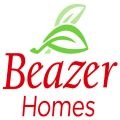 Beazer Homes USA Incorporated
Beazer Homes USA Incorporated
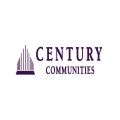 Century Communities Incorporated
Century Communities Incorporated
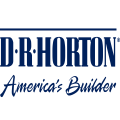 D.R. Horton Incorporated
D.R. Horton Incorporated
 Dream Finders Homes Incorporated
Dream Finders Homes Incorporated
 Fulton Homes Corporation
Fulton Homes Corporation
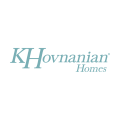 K. Hovnanian Enterprises Incorporated
K. Hovnanian Enterprises Incorporated
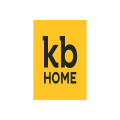 KB Home
KB Home
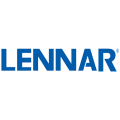 Lennar Corporation
Lennar Corporation
 LGI Homes Incorporated
LGI Homes Incorporated
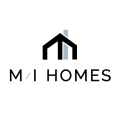 M/I Homes Incorporated
M/I Homes Incorporated
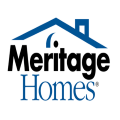 Meritage Homes Corporation
Meritage Homes Corporation
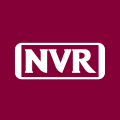 NVR Inc.
NVR Inc.
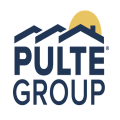 PulteGroup Incorporated
PulteGroup Incorporated
 Richmond American Homes Corporation
Richmond American Homes Corporation
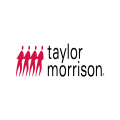 Taylor Morrison Home Corporation
Taylor Morrison Home Corporation
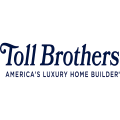 Toll Brothers Incorporated
Toll Brothers Incorporated
 TRI Pointe Group Incorporated
TRI Pointe Group Incorporated
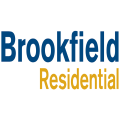 Brookfield Residential Properties Incorporated
Brookfield Residential Properties Incorporated
 Cardel Homes
Cardel Homes
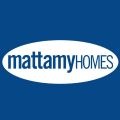 Mattamy Homes
Mattamy Homes
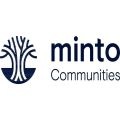 The Minto Group Incorporated
The Minto Group Incorporated
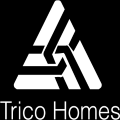 Trico Homes Incorporated
Trico Homes Incorporated
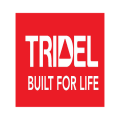 Tridel Corporation
Tridel Corporation
